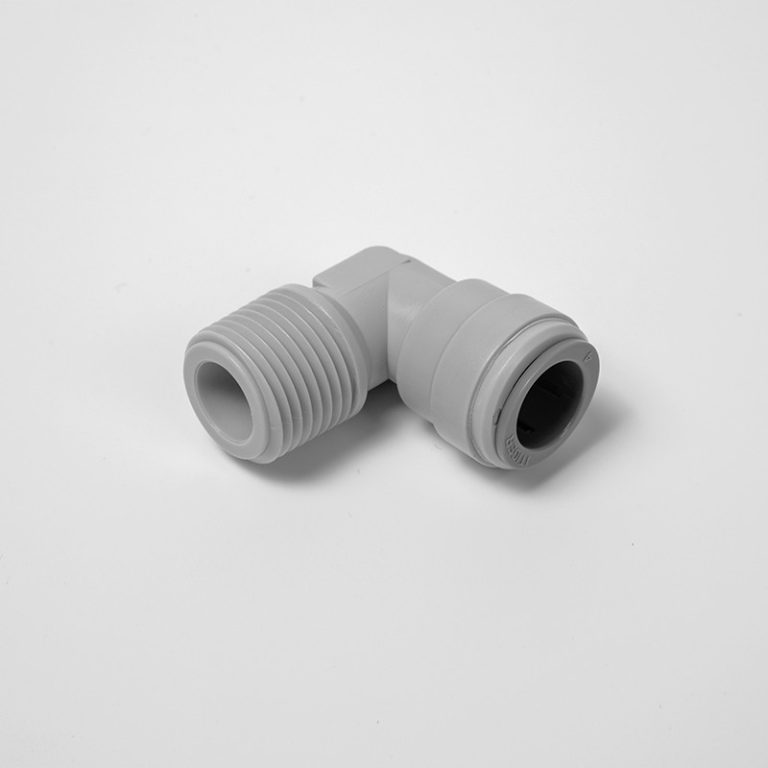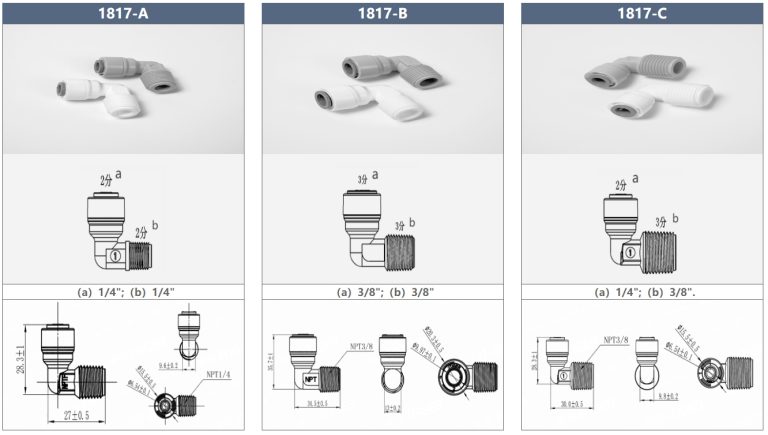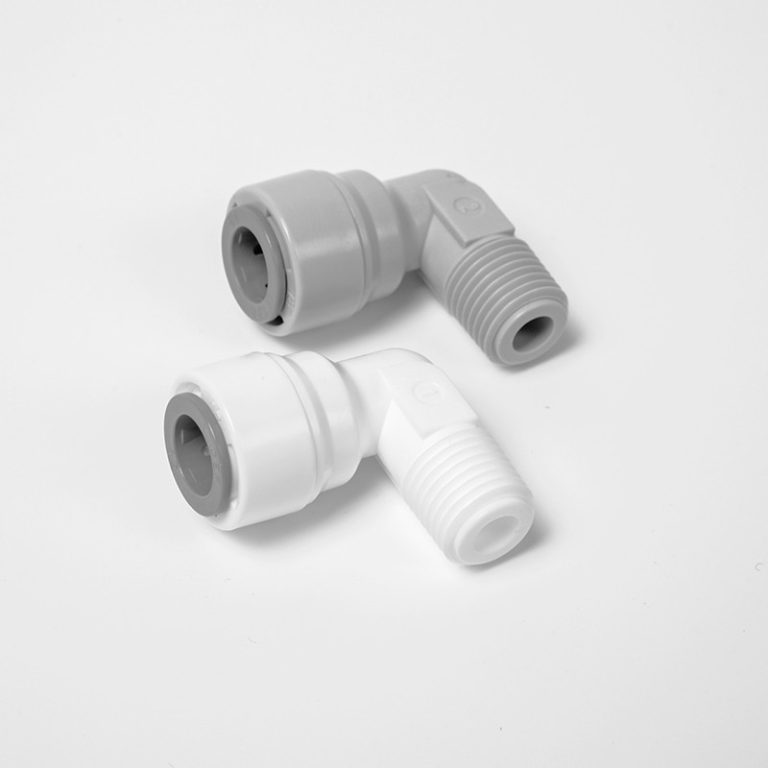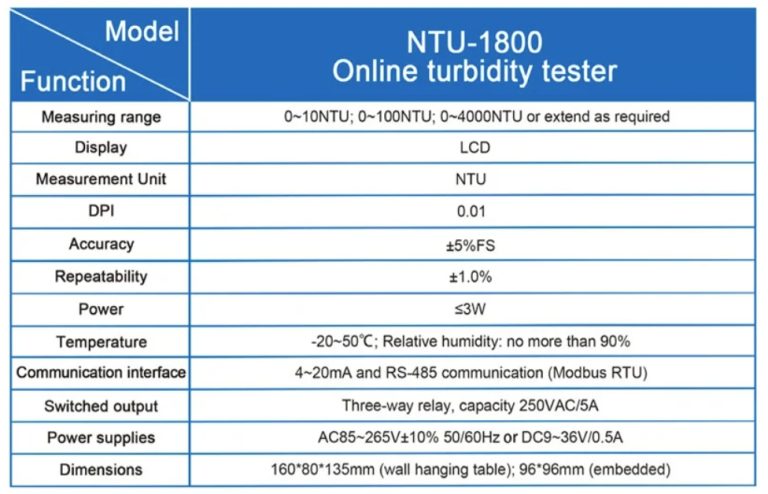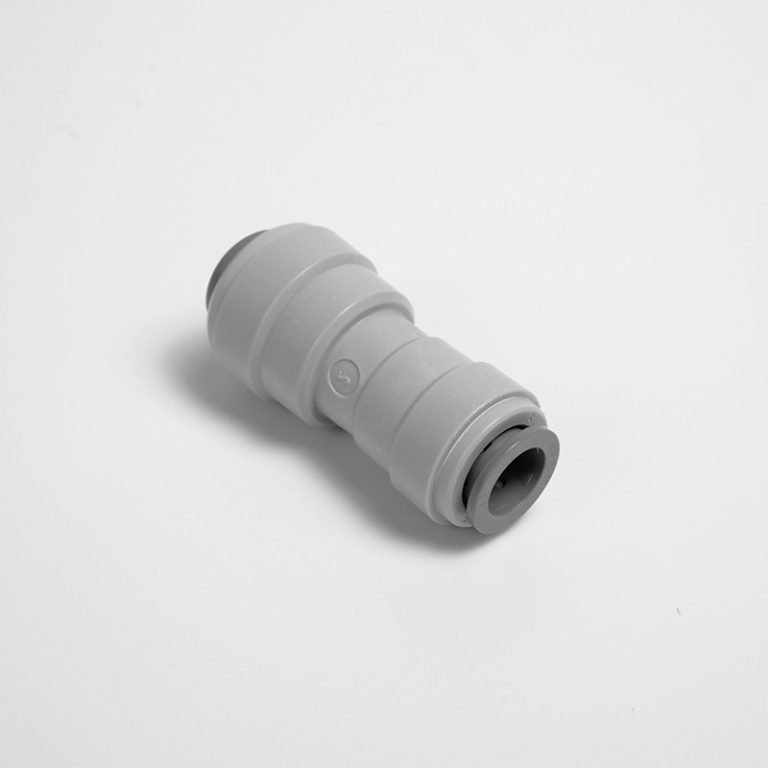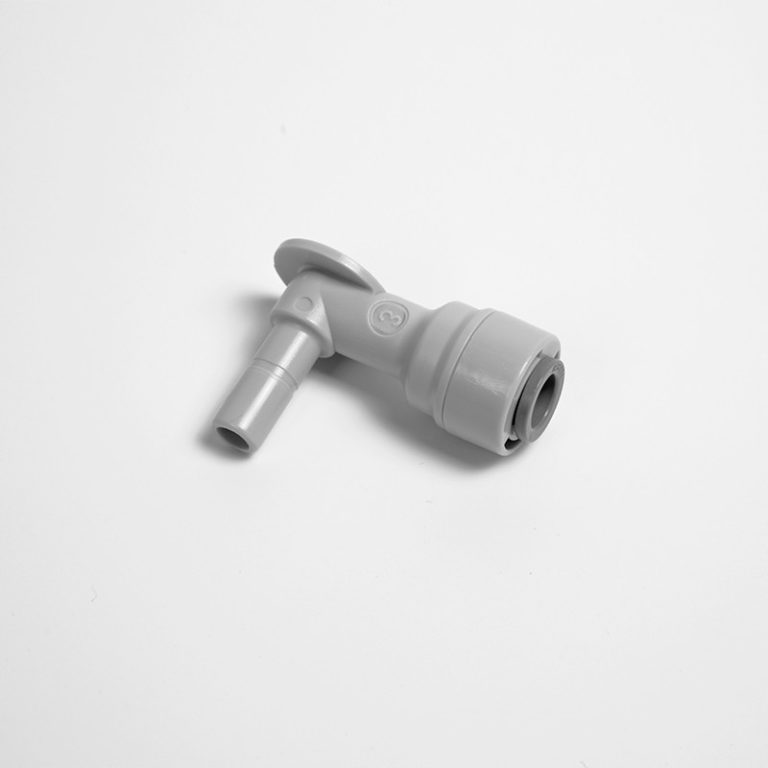Pros and Cons of Using Push-On PVC Couplings in Plumbing Systems
Push-on PVC couplings have become a popular choice for plumbing systems due to their ease of installation and cost-effectiveness. These couplings are designed to connect two pieces of PVC pipe without the need for any special tools or adhesives. While push-on PVC couplings offer several advantages, there are also some drawbacks to consider before using them in your plumbing system.
One of the main advantages of push-on PVC couplings is their ease of installation. Unlike traditional PVC couplings that require the use of primer and solvent cement, push-on couplings simply slide onto the pipe ends and create a tight seal with a push and twist motion. This makes them ideal for DIY homeowners or contractors who want to save time and effort during the installation process.
Another benefit of push-on PVC couplings is their cost-effectiveness. These couplings are typically less expensive than traditional PVC couplings, making them a budget-friendly option for plumbing projects. Additionally, push-on couplings can be reused if needed, which can further reduce costs over time.
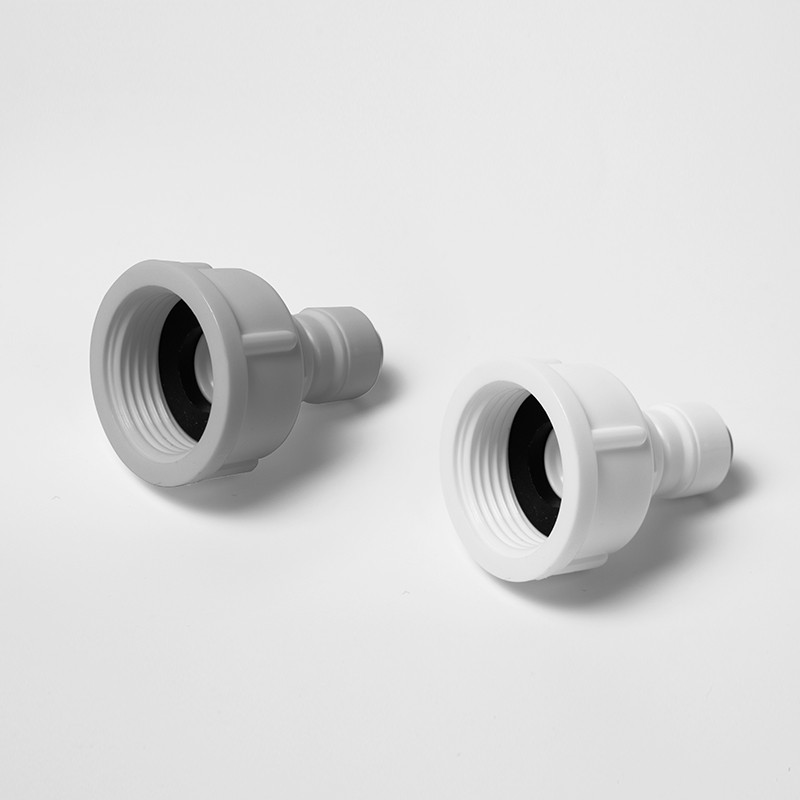
In addition to their ease of installation and cost-effectiveness, push-on PVC couplings are also versatile. They can be used in a variety of plumbing applications, including water supply lines, drainage systems, and irrigation systems. This versatility makes push-on couplings a convenient option for a wide range of projects.
Despite their many advantages, push-on PVC couplings do have some drawbacks that should be considered. One of the main drawbacks is their limited compatibility with certain types of PVC pipe. Push-on couplings are designed to work with schedule 40 PVC pipe, but may not be compatible with other types of PVC pipe, such as schedule 80 or CPVC pipe. This can limit the flexibility of push-on couplings in certain plumbing applications.
| Model | Tube(a) | Stem(b) |
|---|---|---|
| 1801-A | 1/4 | 1/4 |
| 1801-C | 1/4 | 3/34 |
Another potential drawback of push-on PVC couplings is their reliance on a mechanical seal. While push-on couplings create a tight seal when installed correctly, there is always a risk of the seal failing over time. This can lead to leaks and other plumbing issues that may require costly repairs. It is important to carefully follow the manufacturer’s instructions when installing push-on couplings to ensure a proper seal.

In conclusion, push-on PVC couplings offer several advantages for plumbing systems, including ease of installation, cost-effectiveness, and versatility. However, it is important to consider the potential drawbacks of push-on couplings, such as limited compatibility with certain types of PVC pipe and the risk of seal failure. Before using push-on couplings in your plumbing system, be sure to weigh the pros and cons to determine if they are the right choice for your project.
| Model | Tube(a) | Stem(b) |
|---|---|---|
| 1801-A | 1/4 | 1/4 |
| 1801-C | 1/4 | 3/44 |

